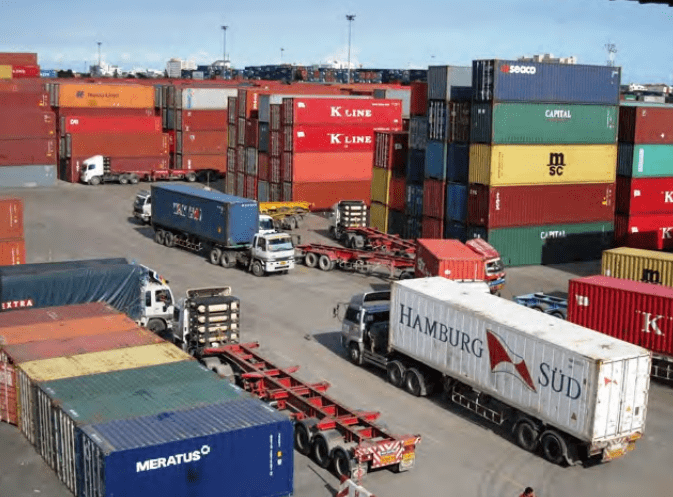Japan has signed a total of 21 Economic Partnership Agreements (EPAs, including TIPAT) with 24 countries, in addition to the European Union.
Among these EPAs are those with Singapore, Mexico, Malaysia, Chile and Thailand.
Under the EPAs, Japan will work extensively with counterparts to, among other things, reduce or eliminate tariffs, grant most-favored-nation status in the areas of investment, services and government procurement, and expedite patent review and enhance patent protection in the area of intellectual property.
New regional trade agreements that have entered into force for Japan are the Trans-Pacific Partnership Comprehensive and Progressive Agreement (CPTPP) and the European Union-Japan EPA.
Japan has also signed the First Amending Protocol to the Japan-ASEAN Comprehensive Economic Partnership Agreement (AJCEP), which includes chapters on trade in services and on investment, as well as a trade agreement with the United States.
Japan EPAs
The EU-Japan EPA was signed on July 17, 2018 and entered into force on February 1, 2019.
It was notified to the WTO on January 14, 2019. It covers the liberalization of trade in both goods and services.
The elimination and reduction of customs duties applies over a 21-year period ending in 2038, as set out in Annex 2-A of the EPA.
At the end of this transition period, 94% of Japan’s tariff lines at the 9-digit HS level will be duty-free.
Tariffs, ranging from 3.7% to 22.5%, will remain on 532 products.
Japan maintains tariff rate quotas on various agricultural products; under the EPA, quota amounts are to increase over a specified period, which varies by product.
Commitments on services relating to investment and cross-border trade in services are scheduled using the negative list method.
The EPA contains provisions on, inter alia, trade facilitation; government procurement; competition policy; state-owned enterprises; enterprises enjoying special rights or privileges and designated monopolies; intellectual property; trade and sustainable development; cooperation in agriculture; and SMEs.
CPTPP
Japan signed an agreement to join the Trans-Pacific Partnership, or TPP, on February 4, 2016. Upon ratification of the TPP, Japan and the other participating countries planned not only to eliminate tariffs on goods, but also to liberalize services and investment, and to establish rules in a wide range of areas, such as intellectual property, e-commerce, and the environment.
Although Japan ratified the TPP on January 20, 2017, the United States announced its formal withdrawal from the TPP on January 23, 2017.
Japan and ten other countries, excluding the United States, signed the Comprehensive and Progressive Agreement for Trans-Pacific Partnership on March 8, 2018, under which each signatory country agreed to begin the necessary preparations for the implementation of the TPP.
The Trans-Pacific Partnership Comprehensive and Progressive Agreement entered into force for Japan, Mexico, Singapore, New Zealand, Canada and Australia on December 30, 2018, for Vietnam on January 14, 2019, for Peru on September 19, 2021 and for Malaysia on November 29, 2022.
On February 1, 2021, the United Kingdom formally applied to join the TPP. Japan intends to facilitate the process of initiating negotiations with the United Kingdom in accordance with the application procedures under the TPP and in cooperation with the other members.
Existing Agreements
Other agreements include: Japan-Mongolia EPA; Japan-Australia EPA; Japan-Peru EPA; Japan-India EPA; Japan-Switzerland EPA; Japan-Philippines EPA; Japan-Indonesia EPA; Japan-Brunei Darussalam EPA; Japan-Thailand EPA; Japan-Chile EPA; Japan-Malaysia EPA; Japan-Mexico EPA; and Japan-Singapore EPA.
Other existing agreements with investment-related provisions Trilateral Investment Agreement between China, Japan and the Republic of Korea.

